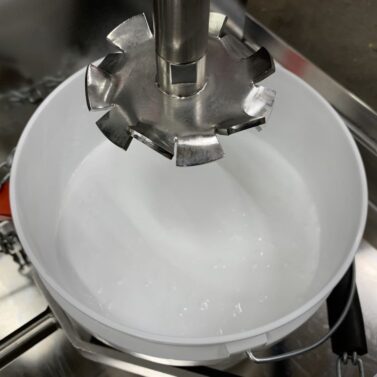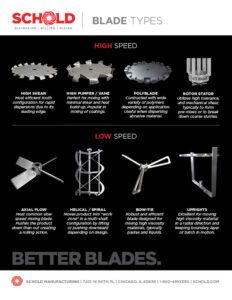Mixer Blade Types
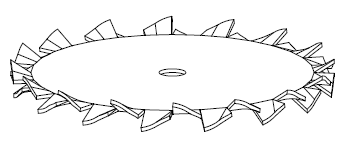
High Shear Blade

High Pumper Blade
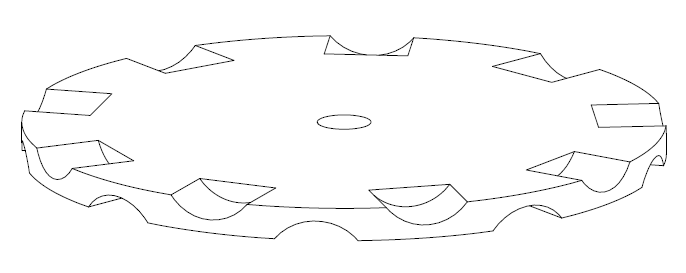
Polyblade
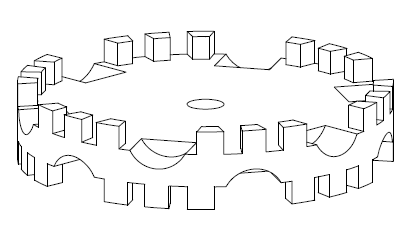
Polyblade

Bowtie Blade
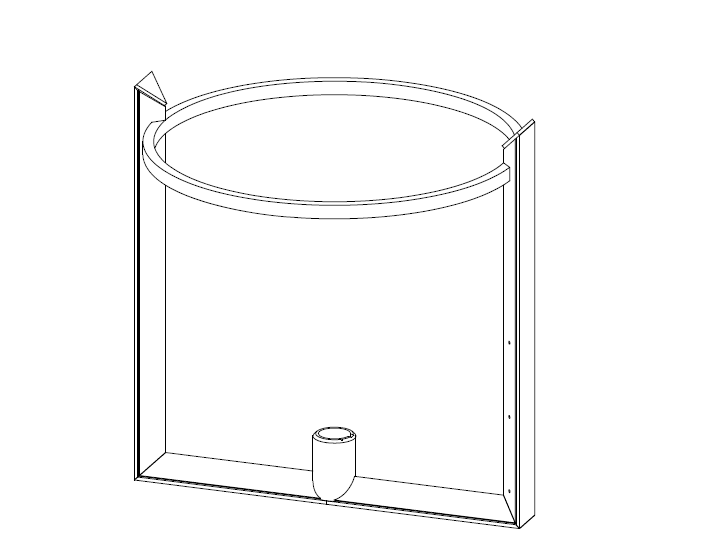
Radial Blade with Uprights
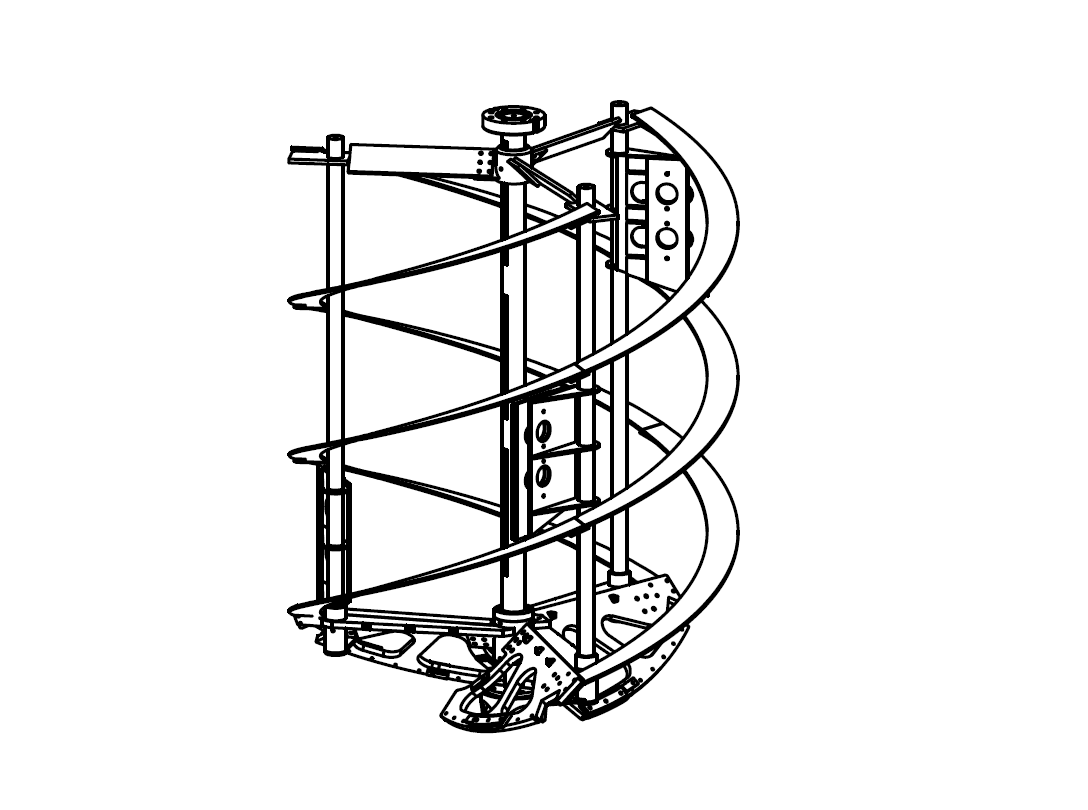
Helical Blade with Anchor and Side Scrapers
High Speed Blades
High speed blades include laminar flow, turbulent flow (shear), and pumping. Most high speed blades have “teeth”, or edges, that are bent up and down around the circumference. Blades with smaller teeth create more shearing motion, while blades with larger teeth create a pumping motion. Even blades without teeth can provide shearing movement.
The blade only does 30% of the work – 70% is done by your product on itself. As the blade propels the product, each layer of liquid being flung away from the center shears against other layers moving toward the blade’s work zone – the area where turbulent flow is occurring. Shear work occurs because of the rapid tearing apart of layer upon layer of mixture. Outside of the work zone, the liquid is just being pumped – an area that is essentially a liquid delivery conveyor.
As the body of the product increases and becomes more difficult to move, the machine must pump more to bring the same volume of product into the work zone of the mixer.
When choosing a high speed blade, one must consider the flow characteristics of the product to be sheared. Heavy body (high viscosity, high density) products need bigger teeth and lower body (low viscosity, low density) products require smaller teeth.
The blade diameter should be 1/3 of the vessel diameter and located in the center of the vessel, 1/2 of the blade diameter from the bottom of the vessel. The blade tip speed should be anywhere from 5000FPM-6000FPM. Schold high-speed dispersers are sized for the blade tip speed to be 5500FPM. High speed dispersers can handle dispersions up to 50,000 centipoise.
Schold can recommend blade types for common applications, but you will be able to see which blade is best for your specific product. The key is to have consistent turnover. When looking at the vessel wall, if the product is peeling off consistently and dependably, the blade is functioning well.
Types of high speed blades: high shear, high pumper, poly, d-blade, etc.
Low Speed Blades
Low speed blades are typically used in two different scenarios:
The first is to combine materials and keep them agitated and in suspension. In these types of applications, the products are usually low viscosity and low density, and no solids must be de-agglomerated.
The second is in extremely viscous, high density applications where the low speed blade is used in conjunction with a high speed blade. In these applications, the low speed blade’s purpose is to help bring the product back into the high shear blade work zone.
In both of these different applications, low speed blades will typically run at tip speeds no greater than 1000FPM. With Schold low-speed mixers, blades are sized to be approximately the diameter of the inside of the mixing vessel to ensure that they can effectively turn over the entire batch over a short period of time.
Types of low speed blades: helical, axial, anchor, marine, bow-tie, sweep

